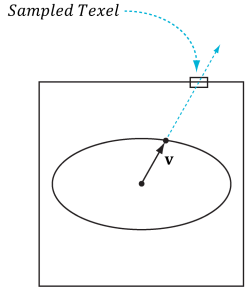How many ico sphere subdivisions steps does one normally use for rendering sky domes? Depending on the resulting number of vertices, does one normally use the Geometry Shader for the tessellation or just bind a mesh? Which non-uniform scaling does one typically apply to transform the ico sphere to an ellipsoid (flatter appearance thus more natural)?
For rendering an ico sphere as model, I typically use 5k triangles (2.5k vertices, 5 subdivision steps).






